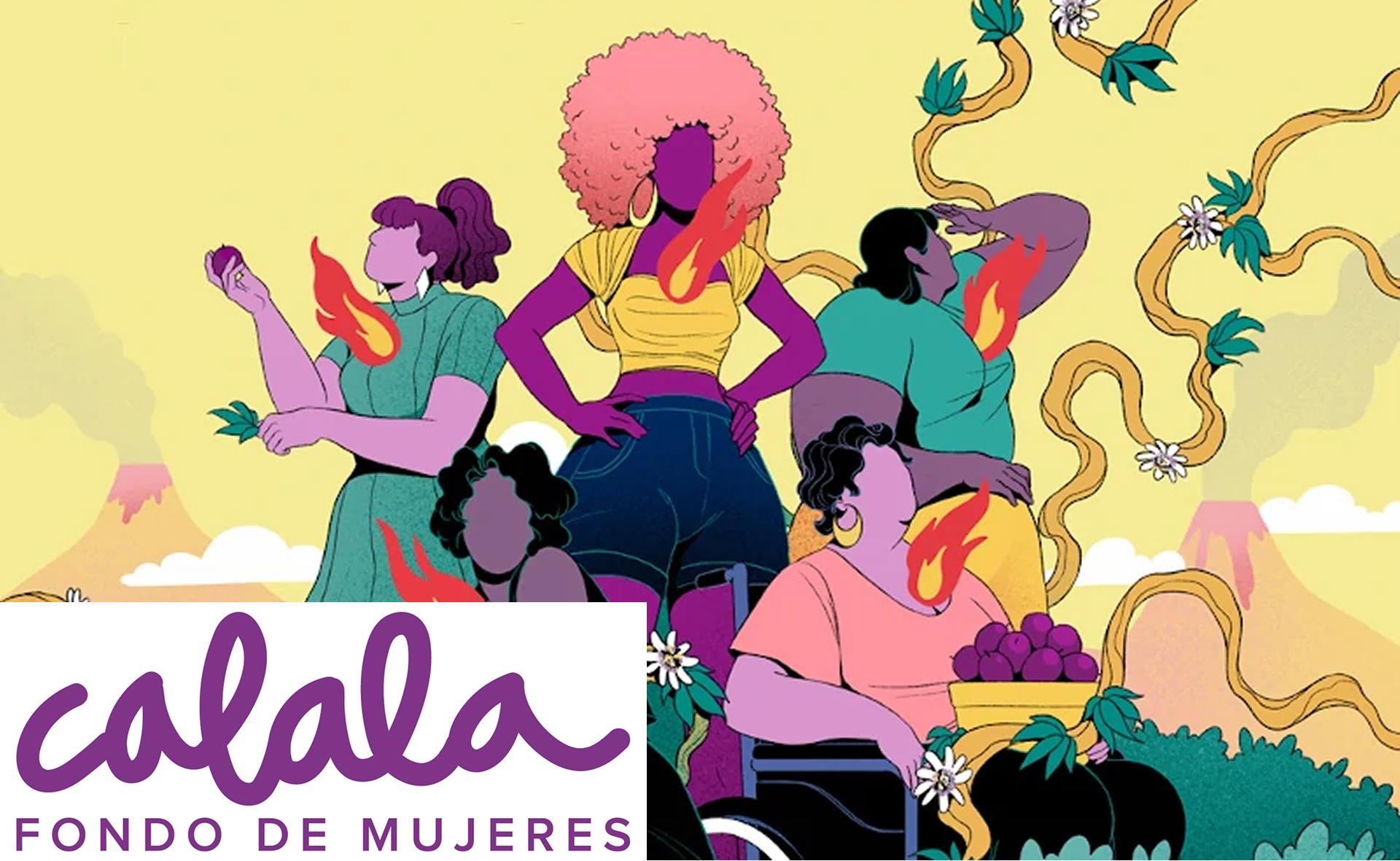How The Entertainment Industry Drives Audience Engagement
Of the many elements that go into making a film, aside from the visual spectacle, the spoken word and dialogue of characters on-screen is the most important way of conveying the story and its themes to the intended audience. So, what does this have to do with localisation?
LOCALISATION & INTERNATIONAL CINEMA
Having recently taken home Best Picture and three other awards at the EE BAFTAs, and been nominated in 10 categories including Best Picture at the 91st Academy Awards, the critically acclaimed Netflix original Roma is taking Hollywood by storm. It boasts the most nominations ever received by a feature not in the English language, and could well be on its way to becoming the first foreign language film to win Best Picture at the Oscars.
A film like this making an impact on the mainstream further highlights a growing culture of transnational cinema and the globalisation of film. Whilst festivals like Cannes, Venice, London and Sundance have recognised and exhibited international cinema for years, it seems the Academy and mainstream moviegoing audience are only just waking up. Roma has also paved the way for a cultural shift, being the first film primarily distributed by a streaming platform to be nominated for Best Picture, both at the Oscars and the BAFTAs. For its many accolades, there’s a lot to unpack here.
THE PROCESS OF SUBTITLING AND TRANSCRIPTION
First, let’s get stuck into what the subtitling process actually looks like for a film like Roma. Much like other forms of translation, subtitling has its own rules, specifications, and processes regarding things like character limits.
Spotting: This is the process of collecting the time-codes that define the in and out times of individual subtitles and closed captions. This ensures that subtitles and captions synchronise with the audio, and adhere to the minimum and maximum duration times, taking the shot changes into consideration.
Clean Vs. Full Verbatim: There are two types of transcription; clean verbatim doesn’t include false starts, non-verbal fillers (e.g ‘uh’, ‘mm-hmm’ etc.) and errors, and is time-stamped with each change of speaker. Full verbatim follows the script as it is, hesitations and all, with timestamping occurring every two minutes. When it comes to providing captions for the deaf or hard-of-hearing, full verbatim is preferred to provide a fuller, more comprehensive and authentic experience.
Sync: This is the word used to describe the process the video editor must undergo to apply the subtitles to the video.
Burn-in: This is the process of setting the video encoding settings, and then digitising the video in the required format(s), with the subtitles edited into the video. Subtitles cannot be turned on/off, once they are burnt-in.
Scripts and transcriptions are localised and prepared in a collaborative process that ensures rigorous quality assurance is observed. This includes reviewing sentence structure, comprehension, and the overall flow. Subtitles need to read naturally and with the same punctuation, spelling rules, and language conventions expected of an original script. Subtitles must also be separated to fit on the screen in a way that is still understandable.
TO SUB OR TO DUB
Though subtitling is generally considered cheaper, cost is by far not the only consideration that must be taken into account when deciding whether to subtitle or dub a film. The choice between subtitling and dubbing depends on a myriad of cultural, political, and economical factors. It’s not a decision to be taken lightly, as the wrong choice could severely damage the success of a film in its target market.
Dubbing is usually the go-to for larger countries such as France, Spain, Italy and Germany, whilst on the other hand, subtitling is often favoured by smaller countries for several reasons. However, in EU countries with multiple languages such as Belgium, Switzerland, or Luxembourg, aside from using dubbed imports from larger countries such as France and Germany with whom languages are shared, it is without a doubt the most cost-effective choice.
There also appears to be a crossover when examining the findings of the 2018 EF English Proficiency Index, with the top three most proficient EU countries — Sweden, Netherlands, Norway — also preferring to subtitle movies and TV shows over dubbing.
However, subtitles can pose their own problems. The aforementioned Roma caused a stir when its distributor offered Iberian Spanish subtitles for what is already a Mexican-Spanish film. Director Alfonso Cuarón commented that ‘it’s very offensive to the Spanish public that they’ve given Roma Iberian Spanish subtitles. [sic] It’s parochial, ignorant and offensive to Spaniards themselves. One of the things I most enjoy is the colour and texture of other accents.’
Even translating a title can be tough, the goal being to sum the tone and subject of the film up enough for it to engage a foreign audience. A famous example is Cloudy with a Chance of Meatballs being translated to ‘It’s Raining Falafel’ for the Israeli market. Since meatballs aren’t a well-known or common food staple in this market, localising the title in this way made it more culturally relevant.
There are many examples where this hasn’t always gone to plan, such as the Italian title for Michel Gondry’s 2004 film Eternal Sunshine of the Spotless Mind being translated directly to ‘If you leave me, I delete you’, making the film sound far more childish and somewhat sinister than it’s meant to be.
THE FUTURE OF STREAMING PLATFORMS
Netflix has, until recently, been notorious for keeping its ratings and viewership numbers confidential. However, in January the streaming platform announced its new thriller series You was allegedly on its way to being watched by over 40 million viewers. It was also announced that its feature-length book-to-film adaptation Birdbox, featuring Sandra Bullock, pulled in 45 million new subscribers.
Netflix’s core model makes it the perfect platform to test waters and debut new kinds of content to gauge its popularity with a large and wildly diverse audience. It’s an ideal solution for nurturing new talent within the creative industry that presents a low risk due to the sheer volume of content on offer. Subtitled shows such as Tidying up with Marie Kondo, Terrace House, 3% and more have proved extremely popular, generating discussion across vast swathes of audiences both on and offline.
With more people streaming Roma to see what all the fuss is about, Netflix’s algorithm can push further foreign language content depending on many factors, including the viewer’s streaming history, combined with the trends of viewers with similar tastes, past ratings, and finally the rating the viewer gives the film upon watching it. Could this be generating a higher demand for world cinema and foreign language TV series amongst English-speaking audiences? Maybe so, especially as world cinema is often only exhibited in smaller cinema chains towards more niche audiences, which aren’t always accessible outside of large cities. Netflix bridges this gap and provides accessibility to a wider viewing audience.
In an interview with The Hollywood Reporter, director Alfonso Cuarón remarked, ‘A film like this, in Spanish, indigenous, in black and white and a drama, not a genre movie, we know it would have huge difficulty just finding space to be shown in theatres’. It’s true that a film like Roma wouldn’t typically achieve the same reach without the substantial backing it received from Netflix, and there aren’t a whole lot of studios prepared to take a gamble on black and white foreign language dramas.
Netflix now has a track record for critically acclaimed and award-nominated original content, blurring the line exponentially with its disruptive approach to content creation and marketing within the world of streaming services, as well as the wider film industry.
BRIDGING THE GAP
Netflix curates a library of foreign films that wouldn’t otherwise be accessible to many audiences. So, with more and more foreign language content being circulated and shared than ever before, securing quality subtitling and transcription services is more important than ever. Making foreign media accessible through localisation, and bridging the language gap, for viewers to become so immersed in the story and characters that they forget that they’re even reading subtitles, is the ideal.
Want to learn more about Locaria’s Multimedia Translation services? Contact us today for a quote.



